MONO RIG vs EURO NYMPH: What’s the difference- Which is better?
Both the mono Rig and ESN (Euro Style Nymphing) fall under the umbrella of Tight Line Nymphing. Both utilize long leaders suspended above the water’s surface for a better dead drift, with less drag than a floating line set up- Often referred to as “High Sticking.” But what’s the difference between the two systems, and which is better?
The difference between the Mono rig and ESN:
Although both systems use the same long monofilament leaders, the mono rig leader is much longer than the ESN rig, about 30 ft vs 20 ft from the fly line. So why the extra 10 or so feet?
The big difference is that the Mono rig leader is usually attached to standard weighted floating fly line, and meant to be detached, or swapped out with a standard “tapered” leader, this is helpful when switching to traditional dry fly or indicator fishing.
The shorter ESN leader, on the other hand, is attached to a thin, lightweight ESN fly line with a more permanent attachment, such as a Nail knot. This system is more of a dedicated Nymph rig, although dry flies and indicators can also be used, but with different techniques.
In either system the monofilament butt section of the leader can be as large as 20lb (.017” dia) for better visibility and more casting power. Or, it can be a micro size such as 6lb (3X) for better line suspension above the water’s surface, but less casting power. A good all-around ESN leader size for me has been 12-15 lb butt section.

Understanding the Mono Rig
The older mono rig is fundamentally an adaptation of a dry fly set up- By replacing the standard tapered leader with a long mono leader, it can be transformed to better fish tight line nymphing techniques, but only if the leader is very long- So long, in fact, that the fly line never leaves the reel’s spool. Again, the idea is to suspend the leader above the water’s surface for a drag free drift. In order to keep the heavy fly line from creating drag when tightline nymphing, the leader must be at least 30 feet long so that the fly line never sees the light of day. This explains the extra leader length of the mono rig.
Understanding the Euro Nymph Rig
The modern approach to tightline nymphing is the Euro Nymph rig, which was refined, in part, through international competition angling.
As mentioned earlier, ESN doesn’t require as long of a leader as the mono rig. Typically, the leader of an ESN rig is 15 to 20 ft. In fact, the international competition rules state the leader can’t be more than twice the length of the rod, which is longer than most anglers use anyway.
ESN leaders are shorter than mono rig leaders because today’s modern ESN fly lines are very thin and light, about the same size and weight as 20 lb monofilament often used on the leaders butt section. This allows the ESN leader to be shorter because the ESN fly line can be utilized outside the rod tip when fishing longer distances.
Fishing the Mono Rig vs fishing ESN
We’ve established that both systems suspend lines above the water about the same, given the same diameter of the leader line used. But here are the big differences between the two systems that affect the way you fish them:
First, and most importantly, the coating provides a better feel and grip on the line when handling it. When casting, stripping and fighting fish, you want all the grip and control you can get, and monofilament just wasn’t made for bare, often wet hands.
Secondly, ESN line is much easier to see than monofilament. When you can see your line you always know what is going on and where your line is. This is especially helpful in low light and windy conditions.
Thirdly, ESN line comes in both braided core and mono core. Personally, I much prefer braided core because it’s more supple and straightens out nicely when outside the reel.
Straighter line is easier to handle than both mono core ESN line or monofilament because it doesn’t retain coils.
Because of its low memory, we only use braided core line on our Stinger Mico reel.
The other advantage of braided ESN line is that it has a bit more stretch than mono, which protects the tippet from break offs and holds the hook in the fish’s mouth better.

Switching from nymphs to dry flies
To me, ESN is a better way to nymph fish than with a mono rig. And if you plan to switch to dry flies during your session, here are some pros and cons to both systems:
Both systems will cast dry flies the same given the same rod and leader diameter.
Thicker leader butt sections like 20 lb Maxima Chameleon are stiffer and provide much more power than say a 6lb micro leader. With a lot of practice you may be able to cast a small dry fly 30 to 45 feet with a well built leader. So, no difference here. The difference is really this:
With a mono rig, you can replace your long 30 ft leader with a short traditional tapered leader and now you can cast 50-80 ft, or more because you have a weighted fly line.
In some situations, this is an advantage. Switching from mono rig to dry is a hybrid approach that makes good use out of one reel and one rod. Especially when dry fly activity is predictable and you can plan to make the switch accordingly.
However, the biggest reason against this is the time and fuss it takes to remove the long leader and wind it up on a spool, then add a tapered leader to your fly line. If you have time and patience for the switch then ok- I don’t.
If you’re like me, the waters and hatches are not as predictable. There are not as many dry fly opportunities and they can come and go, last any duration, or not at all. I have to be ready to fish dry or wet constantly throughout the day, and be able to switch back again.
For this reason, my preferred setup is to use a Euro nymph rig with a medium leader diameter of about 15 lbs. With this set up I can fish nymphs, or drys at short range.
For me, switching reels is faster and easier than switching out leaders on a mono rig.
I carry an extra Stinger micro reel in my pack with some shooting line. 2wt WF line works well with my 3wt ESN rod. This line has a tapered leader already attached.
I carry an extra Stinger micro reel in my pack with some shooting line. 2wt WF line works well with my 3wt ESN rod. This line has a tapered leader already attached.
Learn more about the Mono rig and ESN:
The mono rig was first written about by Joe Humphreys and is carried on today with Dominic Swentosky and his popular blog and podcast called Trout bitten.
Modern Euro nymphing techniques are expertly explained with Team USA members Lance Egan, and Devin Olsen in their video series Modern Nymphing.
George Daniel’s book Dynamic Nymphing covers many different nymphing techniques and is an excellent teacher and ex team usa medalist.
Here are some links to these excellent resources:
Joe Humphprey's Trout Tactics Expanded
Modern Euro Nymphing European Inspired Techniques DVD Featuring Devin Olsen and Lance Egan
Dynamic Nymphing by George Daniel
Which Rod to use with a Mono rig vs ESN rig
An ESN rod is always going to be better for tight line nymphing than a standard rod. ESN rods are longer for better reach when elevating the line above the water when dead drifting through a run. They also have a more flexible (softer) tip section which helps cast small weighted flies and long light leaders.
But when using a mono rig, you may want to consider using a standard rod since your reel is loaded up with standard floating fly line. Nymphing a long leader with a standard rod will not be as good as an ESN set up, but the standard rod will be better when you switch the leader over to a dry fly system.
My advice here is to use an ESN rod that can also cast your floating line.
Conclusion
In the end, there is no right or wrong to the mono rig or the Euro nymph rig. It really depends on if you are willing to compromise better nymphing for the ability to fish floating line if needed.
Just use the rig that makes sense to you and the waters you fish. Keep it simple and have fun!
By Jeff Sasaki

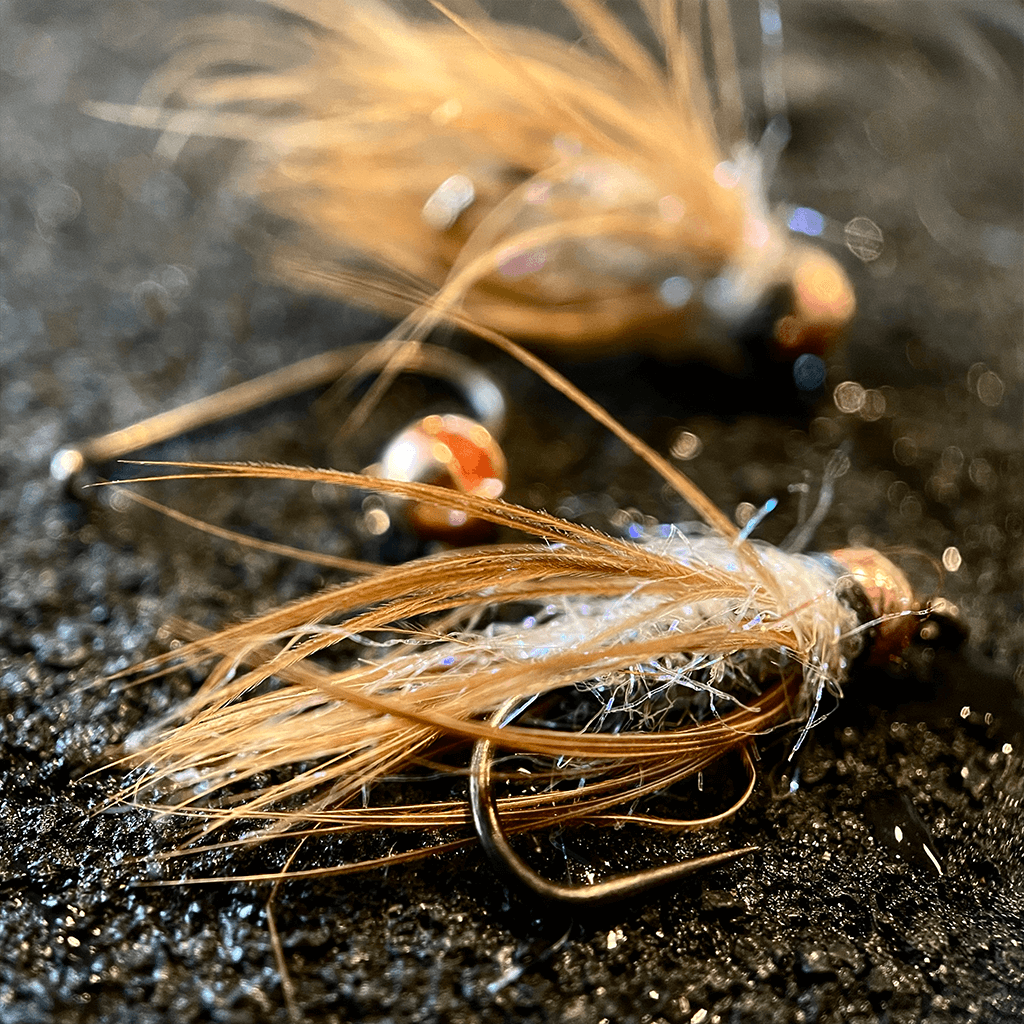
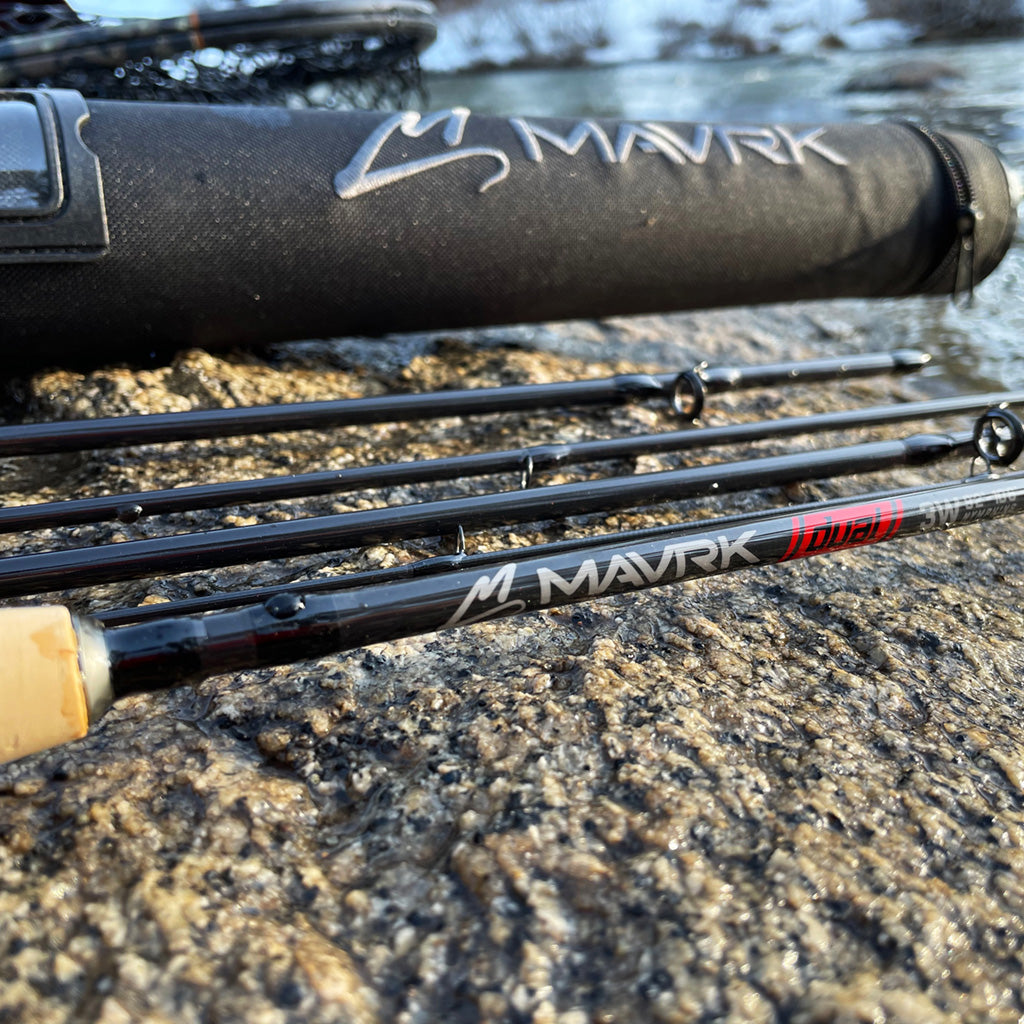
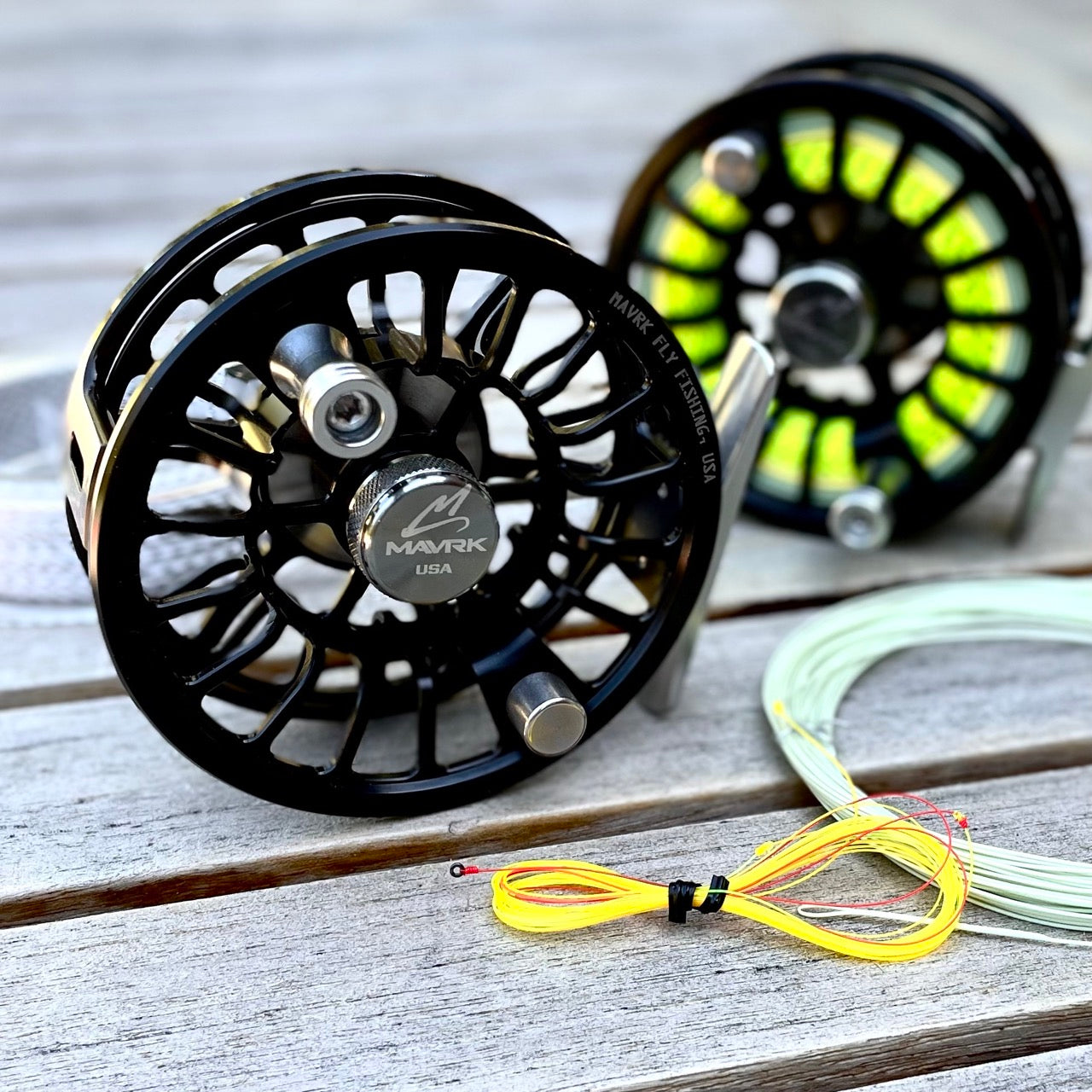
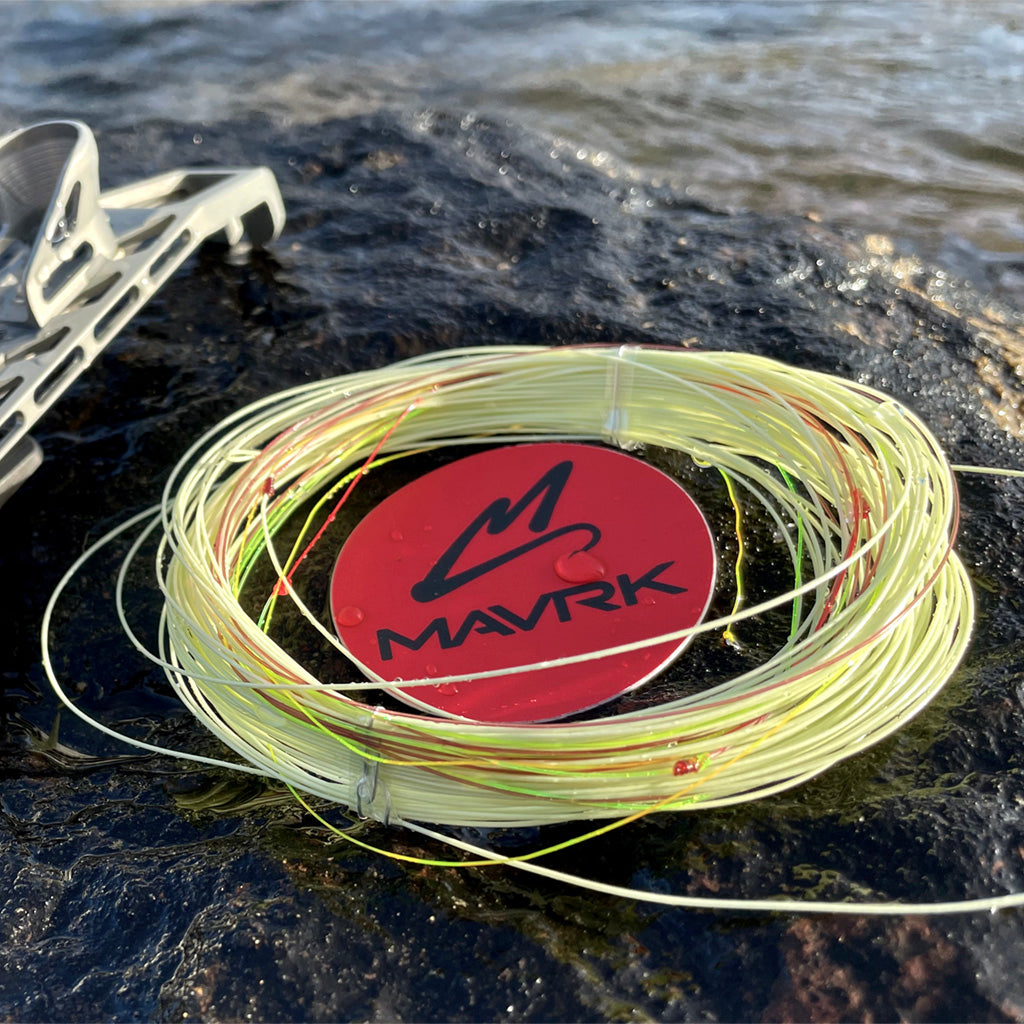
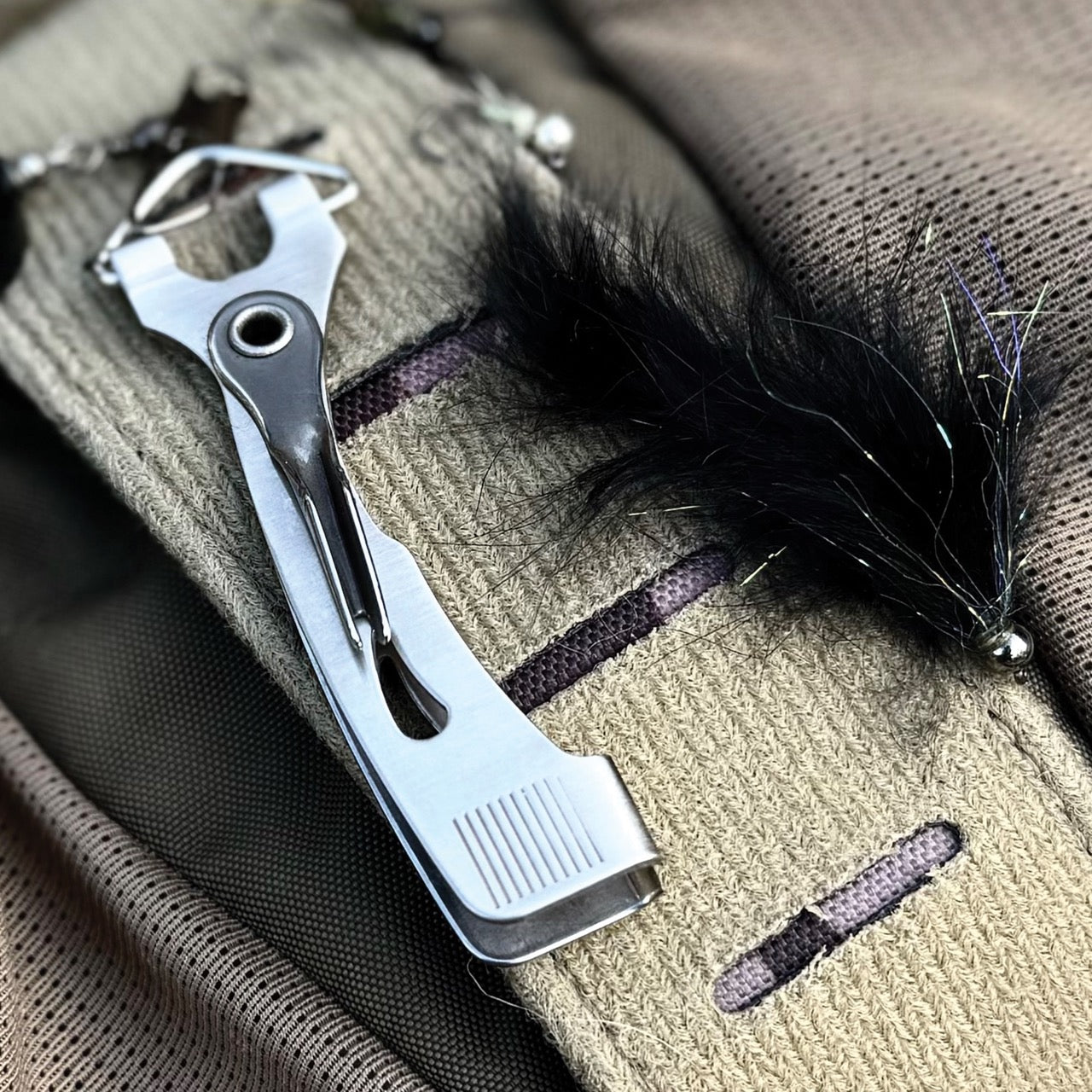
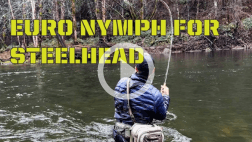
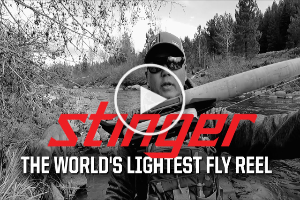
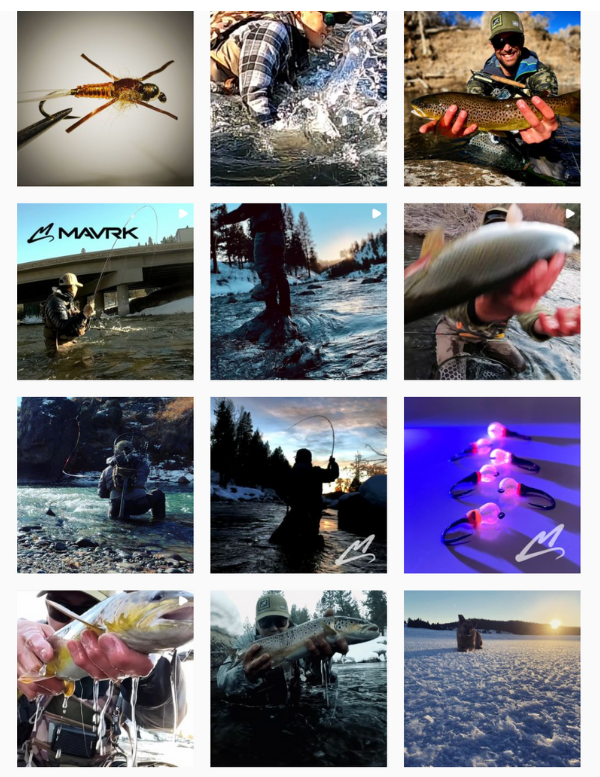
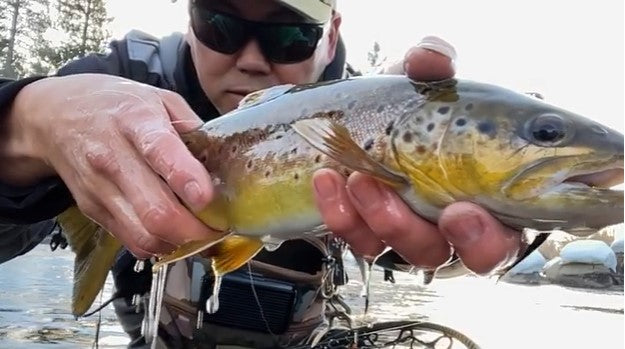
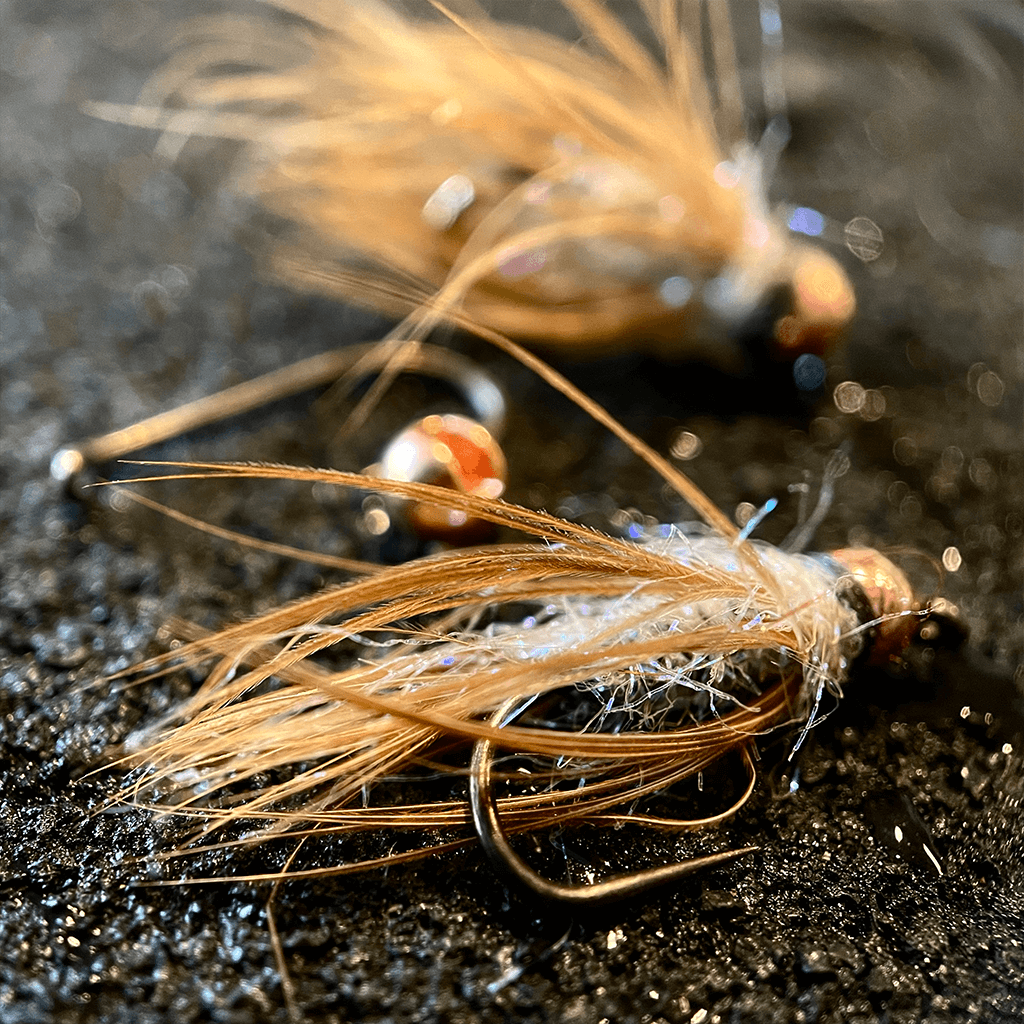
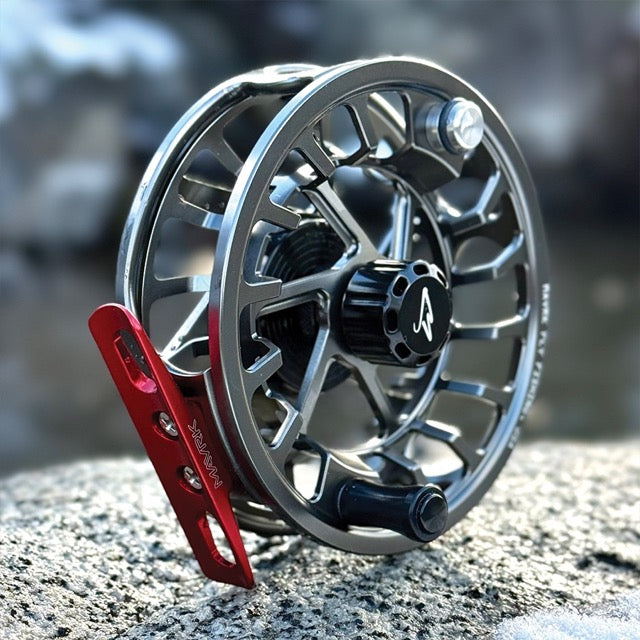
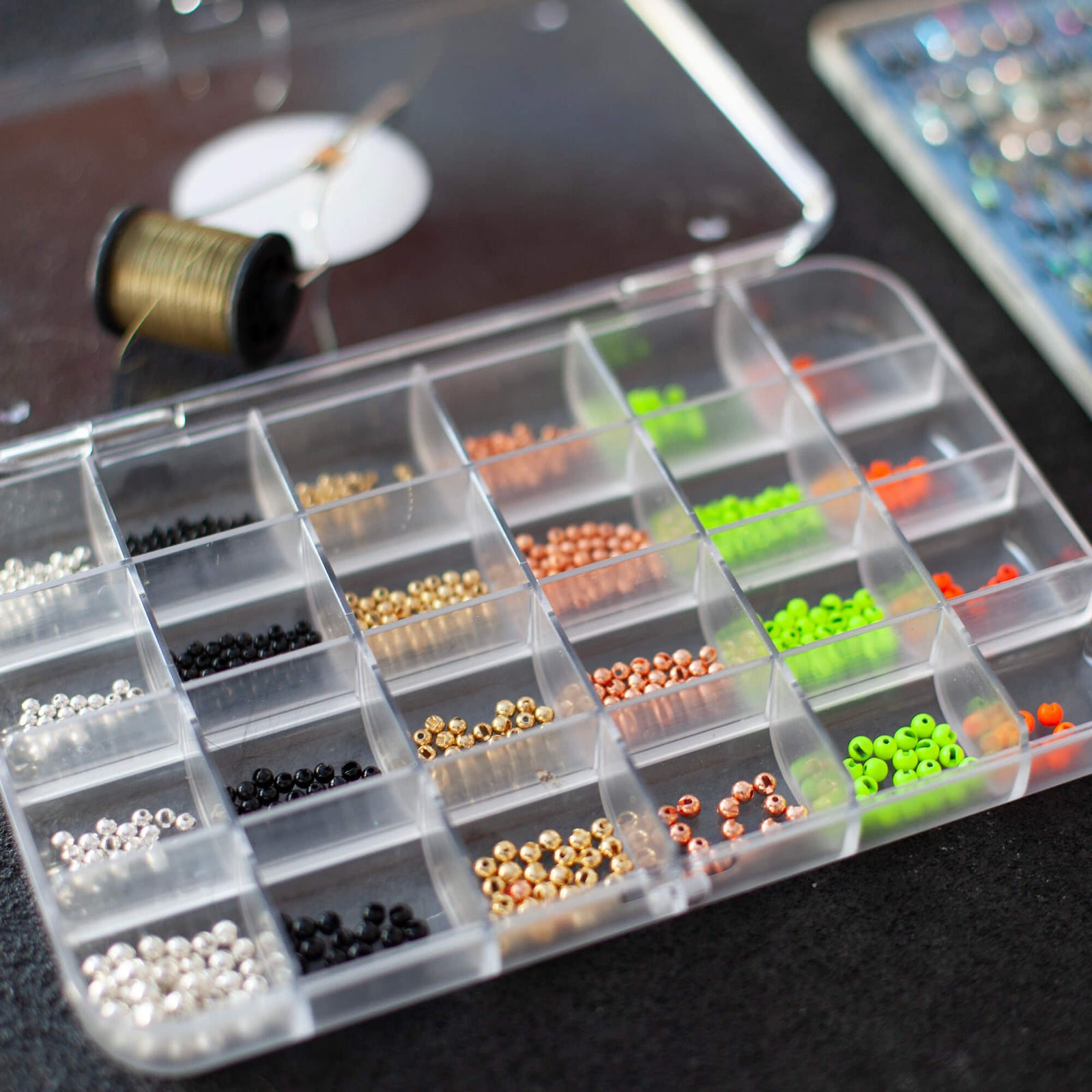
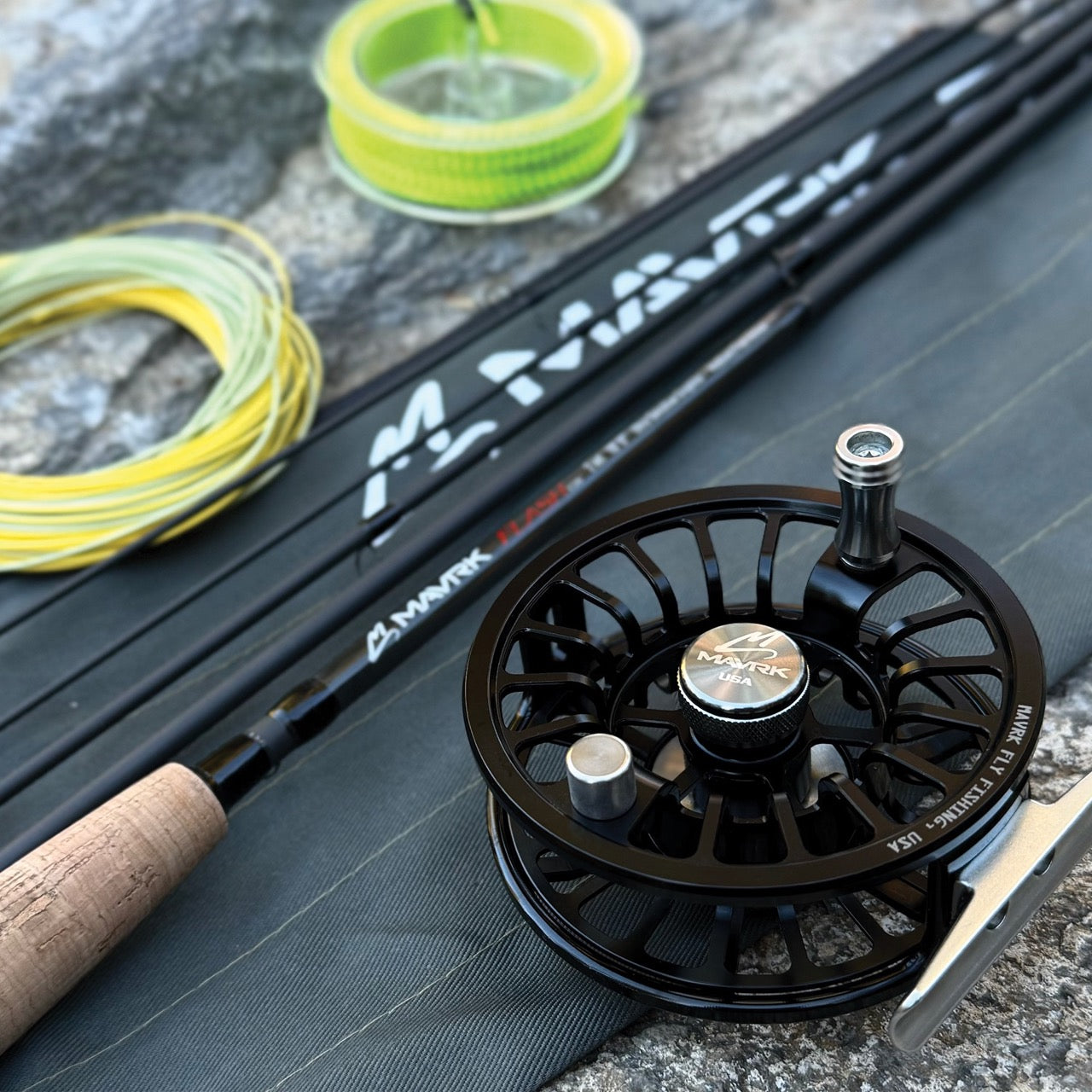


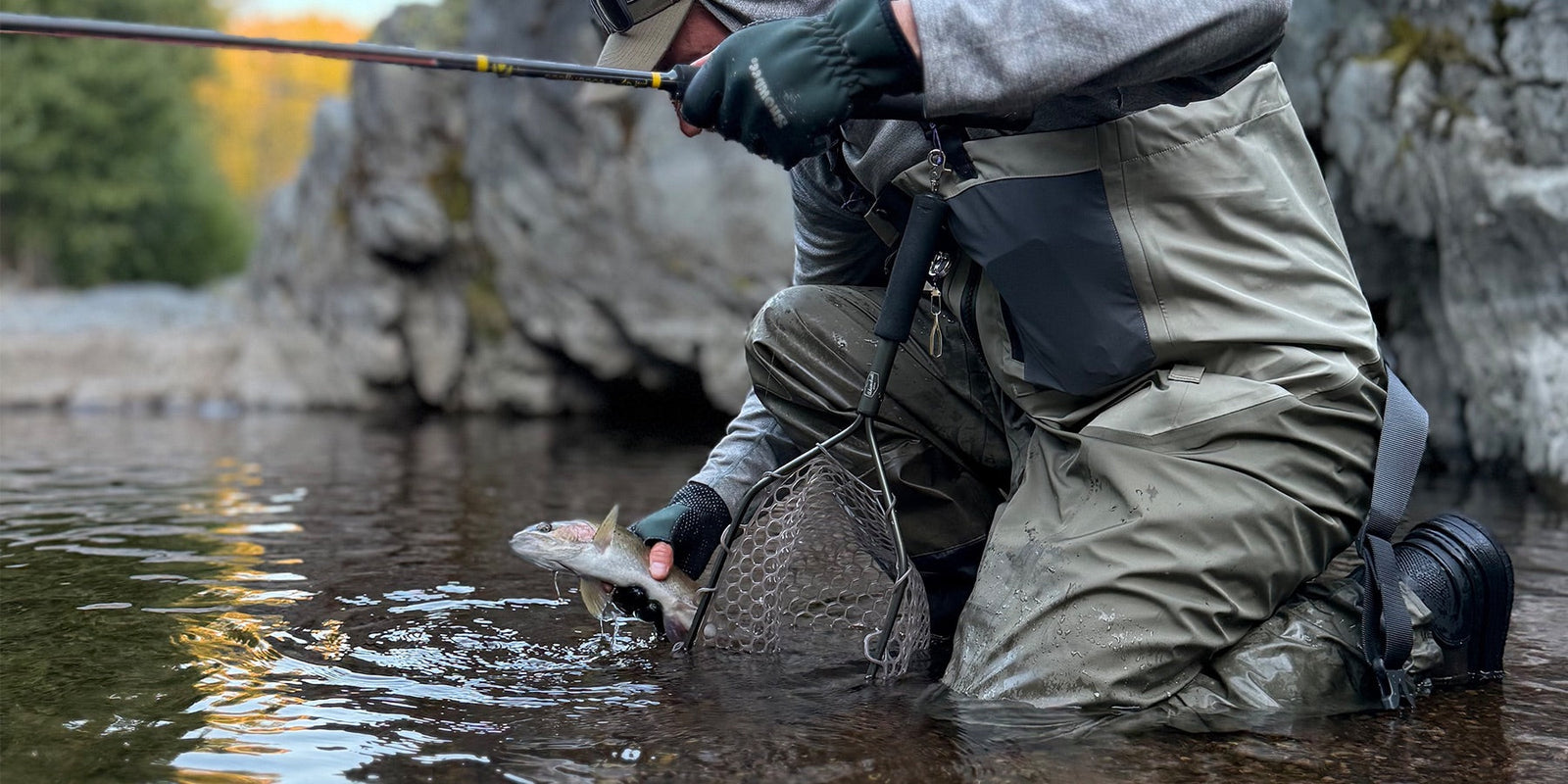
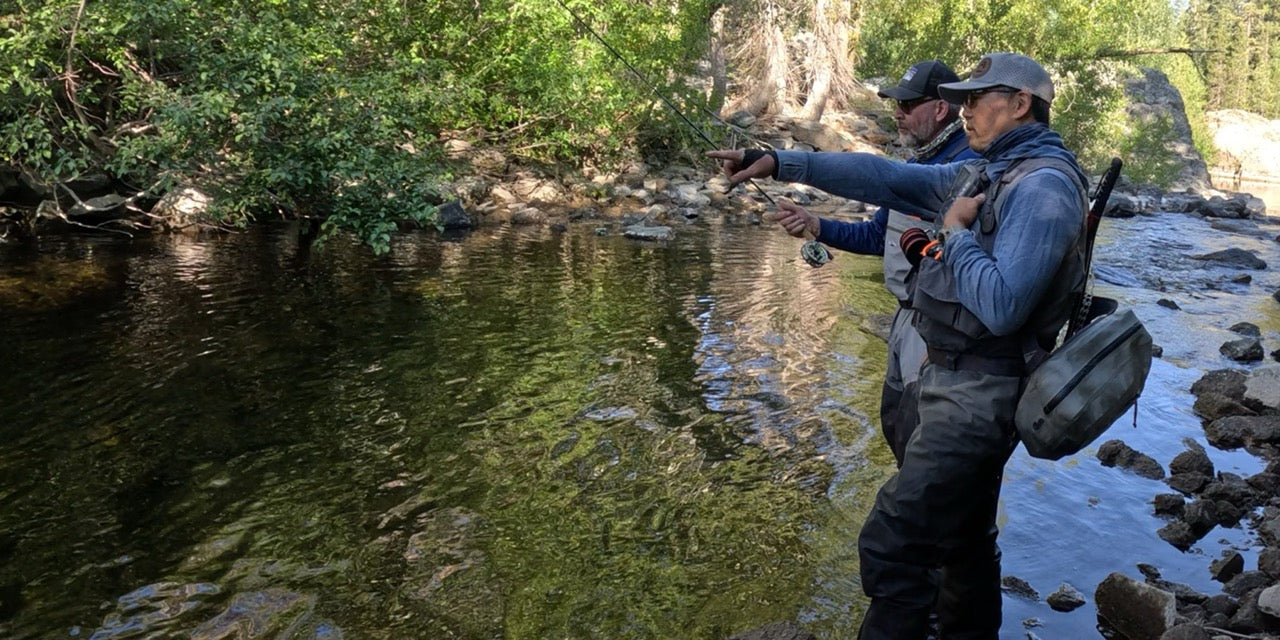
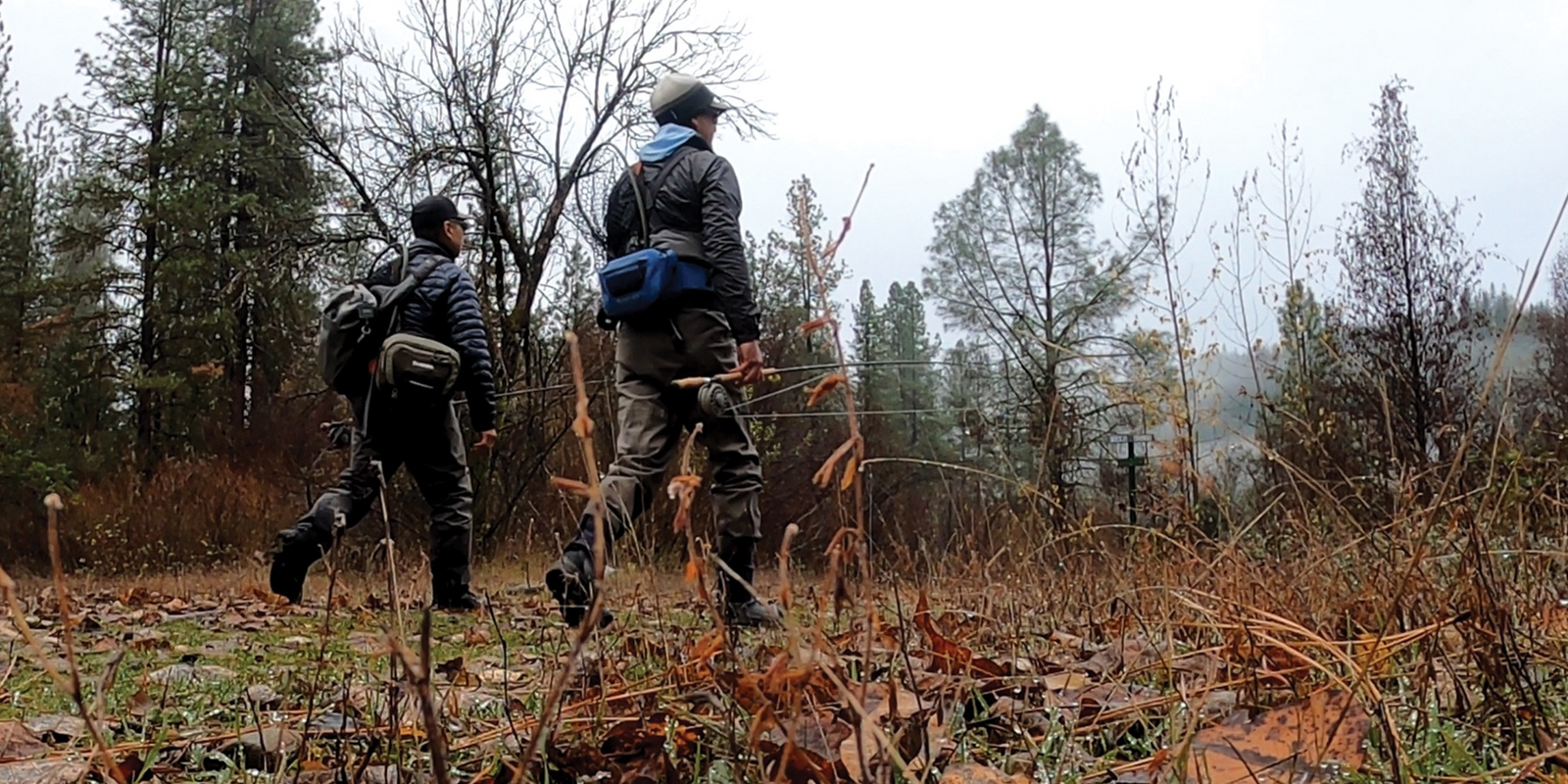
Kenmccandless@gmail.com
June 08, 2023
Thanks, good Information,hope to put it to good use soon, Ken